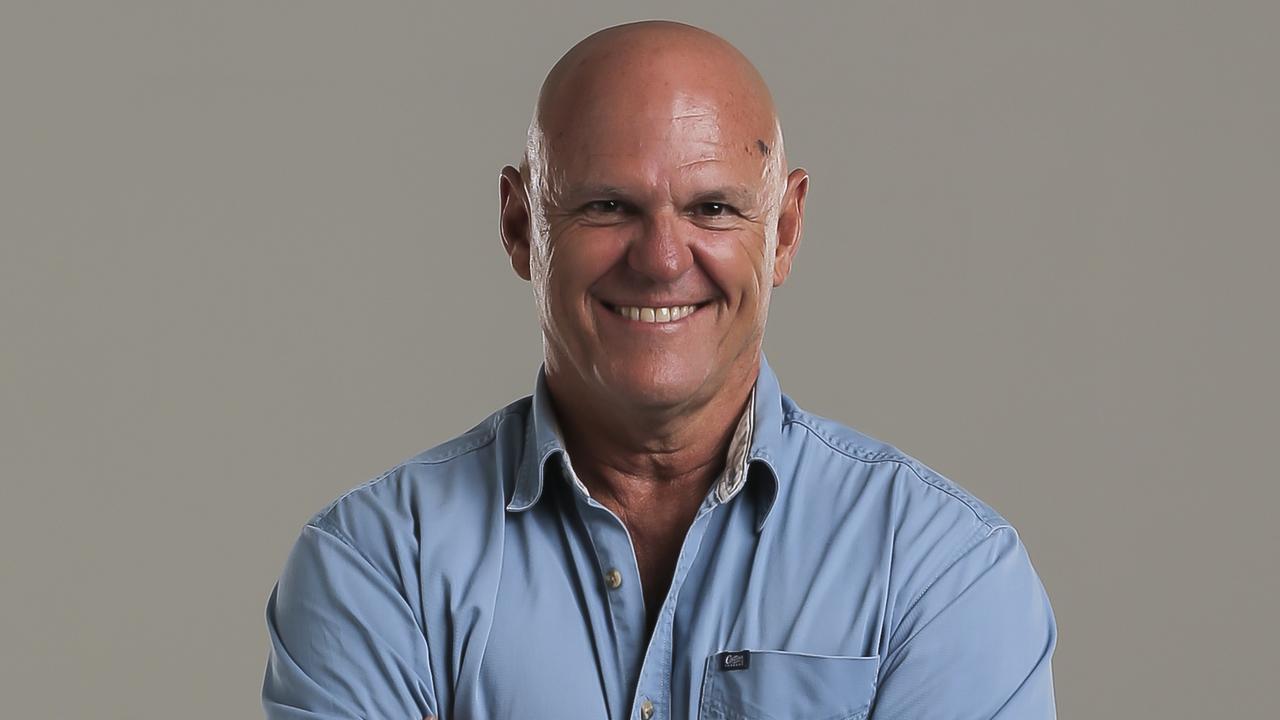Miles Franklin made some beautiful music with her Banjo
Banjo Paterson was infatuated with the lovely Miles Franklin as the young author sought assistance from both Henry Lawson and the poet who wrote Waltzing Matilda and The Man from Snowy River.
Opinion
Don't miss out on the headlines from Opinion. Followed categories will be added to My News.
Miles Franklin reckoned that Banjo Paterson was the most sophisticated man who ever attempted to woo her sexually.
They were something of an item in the early years of the 20th century, he the dashing poet and war correspondent, she the ambitious country girl with a debut novel called ``My Brilliant Career’’.
The Brisbane Courier informed readers that “ … any Australian who has not yet read it has a pleasure to come. There is the cry of fierce revolt in it.’
This year’s Miles Franklin Award for Australia’s best novel will be presented on Tuesday night along with a $60,000 cheque, 62 years after Nobel prize winner Patrick White received the inaugural Miles Franklin gong in 1957.

But long before Miles became a literary icon, she was a vivacious young writer courting powerful friends. For a while, she and Banjo made beautiful music together.
Banjo’s colleague at the Bulletin magazine, artist Norman Lindsay described Miles as being “very short but pleasingly plump … Her mass of dark hair reached her pert rump, which matched her pert nose. She had fine eyes, arched eyebrows and an alluring pair of lips.’’
Stella Maria Sarah Miles Franklin was born at her grandmother’s home at Talbingo, on the edge of the Snowy Mountains in New South Wales in 1879. Her family was overtaken by financial hardship but she completed her novel at 19. It was rejected for publication in Australia, but with the help of another great poet Henry Lawson, it was published in Britain.
When Miles first wrote to Lawson, seeking assistance, she told him that “unless one has swell influence one might as well try to sell an elderly cow for a young racehorse’’.

Not realising that Miles was a young woman, Lawson wrote to tell “Mr Franklin’’ that he had enjoyed “his’’ work and called it “the first great Australian novel’’.
Despite Lawson’s endorsement, though, sales of My Brilliant Career were painfully slow in the first year: just 387 copies in England, and 1012 in Australia and New Zealand.
In 1902, the 23-year-old was living with her family on a small, struggling property near Goulburn and she asked Banjo to help her with a contract for a new book. Banjo was then a prosperous Sydney solicitor whose bush ballads includingWaltzing Matildaand The Man from Snowy River had become part of Australia’s identity.
He was also an all-action hero, just back from covering the Boer War in South Africa.
Banjo wrote to Miles volunteering to read anything she wrote. He invited her to lunch, telling her he would be waiting at the door of the exclusive Australian Club and that she would easily recognise him as ``a sad-looking person with a very hard face’’.
They flirted over lunch but despite Banjo’s advice, Miles failed to find a backer for her new book.

She returned home disappointed and Banjo wrote to say he wished she were back at his flat, reading his poetry and singing to him while playing the piano.
They talked about writing a play together, though nothing came of it and eventually their promising romance ended.
Banjo married Alice Walker in 1903 and Miles became a prominent feminist. She spent 20 years working in Chicago, London and Macecdonia.
Broke, she finally returned to Australia in 1927, to care for her ageing parents and her fortunes changed with the publication of Up the Country in 1928.
In 1936 she wrote the award-winning All That Swagger and for the next 18 years until her death, she was a literary force in Australia. Her will bequeathed an annual prize for Australia’s best novel.
Grantlee Kieza’s best-selling biography of Banjo Paterson is published by ABC Books/Harper Collins
grantlee.kieza@news.com.au


